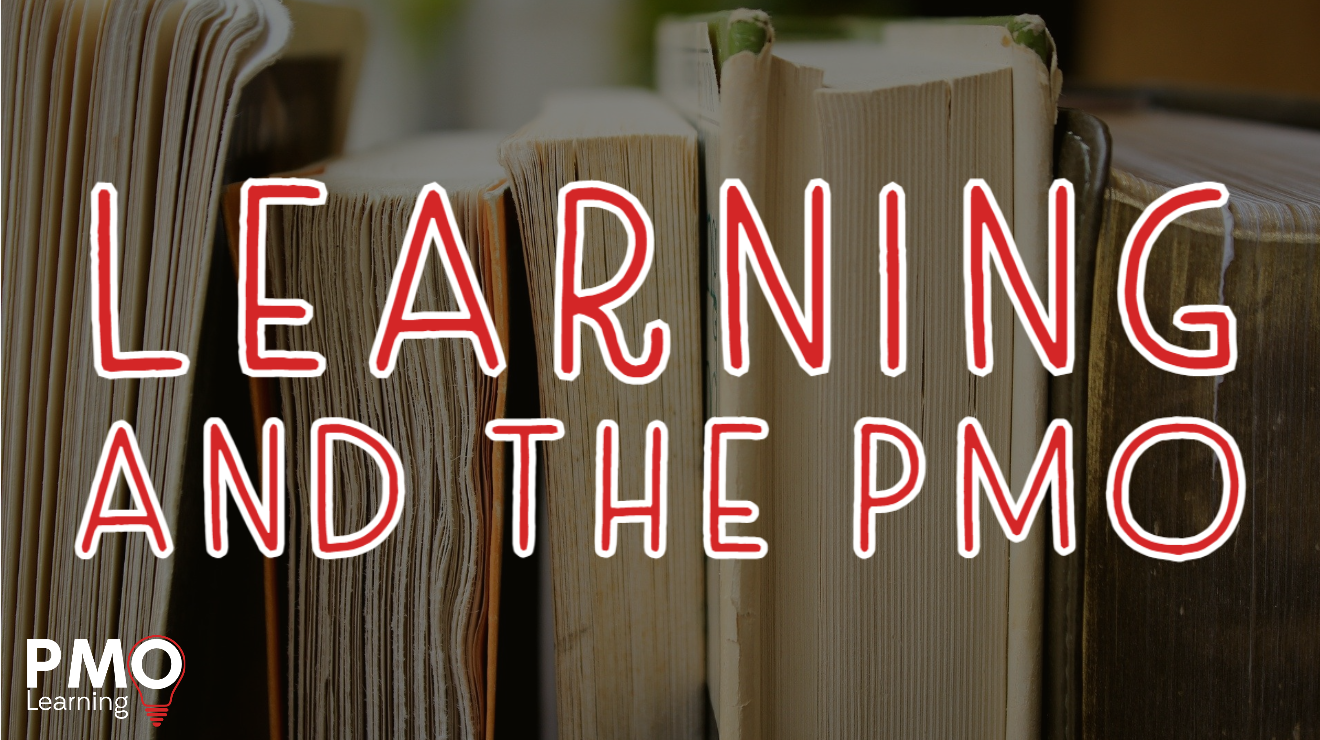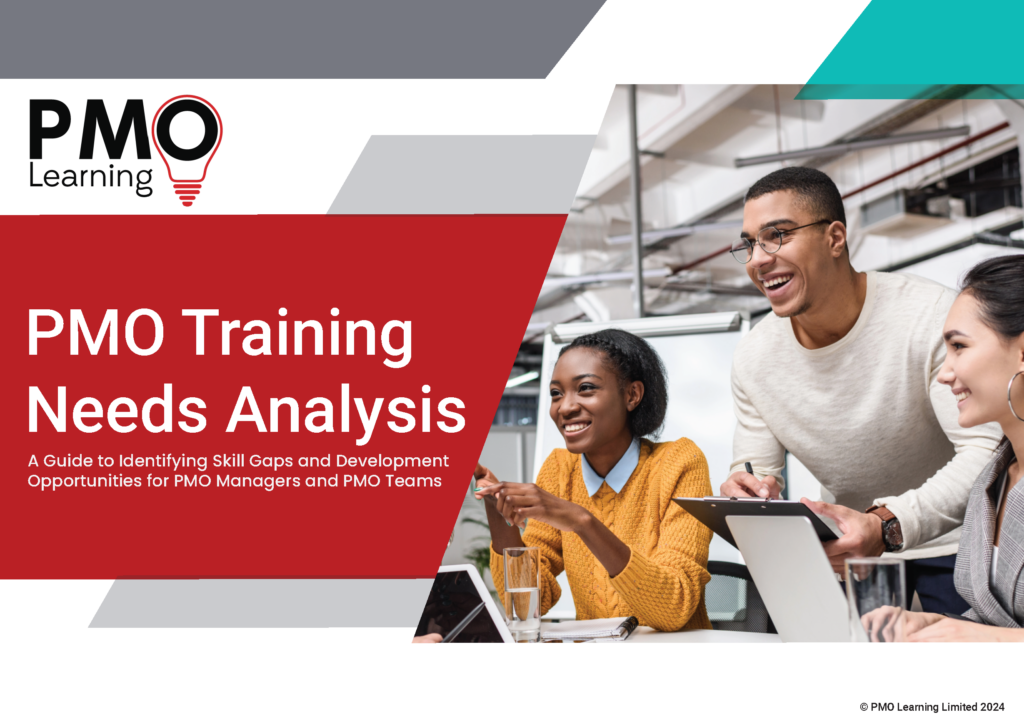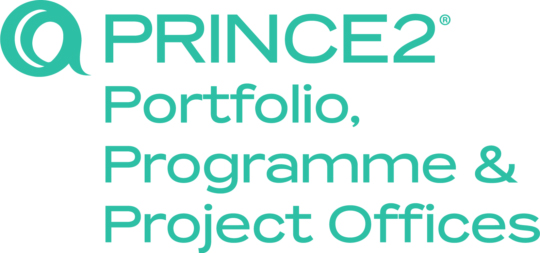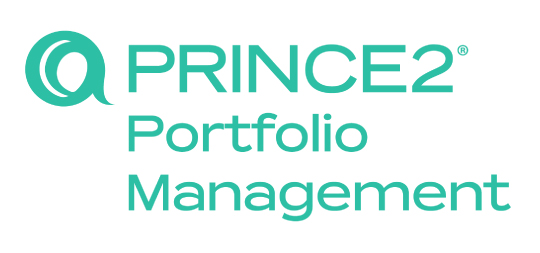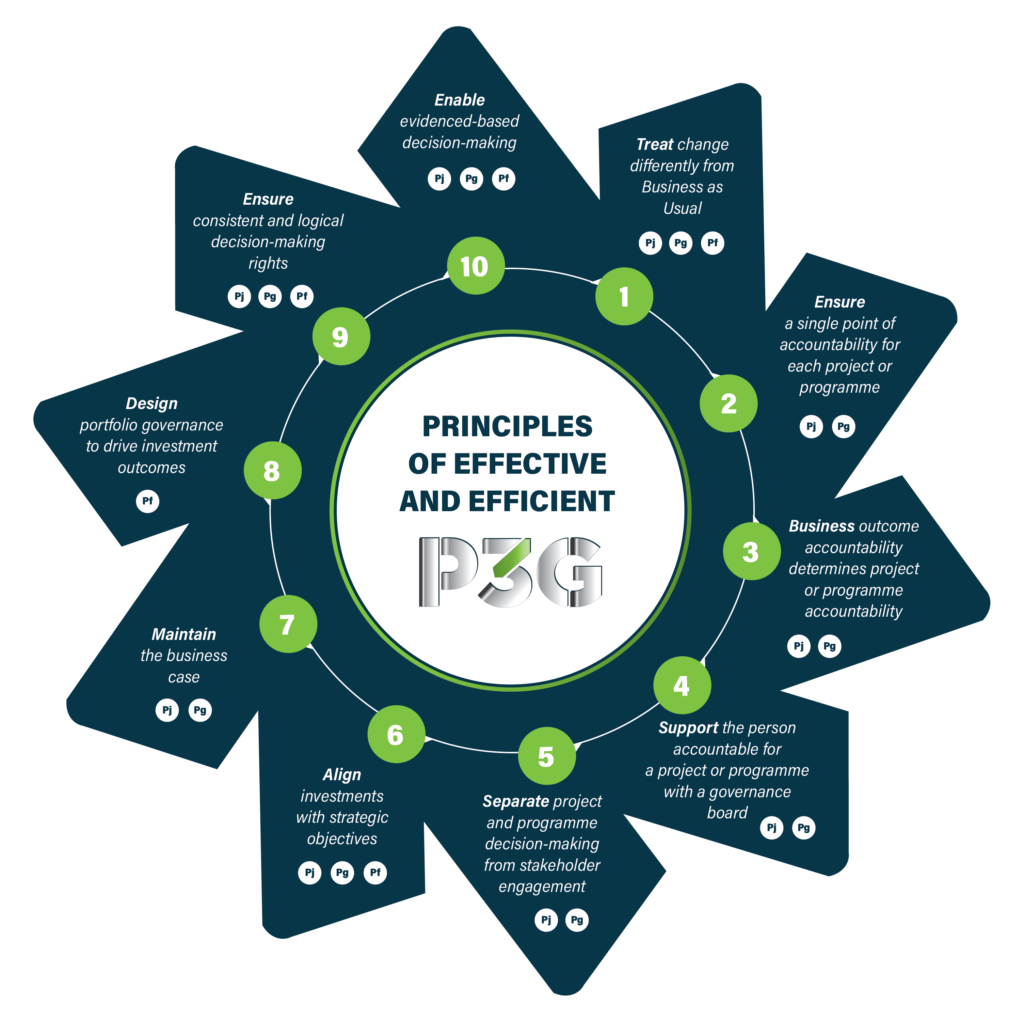We’re continuing our new blog series where we take a more in-depth look at some of the 51 different key skills, and 16 key behaviours PMO Competency Framework – this week, we’re looking at one of the key Thinking skills, which is Learn.
The PMO Competency Framework (p.293) describes the skill of learning as,
The ability to gain knowledge or skills by study, instruction or experience.
As a training company, we love to help those in the PMO advance their knowledge and skills, but it can sometimes be difficult to know where to start when looking to advance your knowledge.
knowledge and skills, but it can sometimes be difficult to know where to start when looking to advance your knowledge.
Of course, a fantastic place to start is the PMO Competency Framework – we have a great blog post that outlines how to use these competencies to identify gaps in your own knowledge and skills.
Once we have identified what we need to learn, we must consider – how we’re going to gain the knowledge or skills required.
Gaining required knowledge or skills
The PMO Competency Framework identifies three methods of gaining knowledge or skills, let’s look at them in turn.
Study –
When we think of studying, particularly when we have left, or been out of education for some time, we might envision hundreds of PowerPoint slides, minimal interaction, and memorising lots of information in order to pass an exam. However – this does not have to be the reality!
The first thing it is important to recognise is what course we need to access – are we looking to complete a certification because we need to have a qualification to progress, or need to have an understanding of all the course content for our role? This is where qualifications such as the P3O® Foundation course may be a good fit – the course provides a high level overview for those working in the PMO.
However, for many of us, the knowledge or skills required may not require sitting an exam, and may need to study something more specialised, or even tailored to our organisation.
Once this has been established, it’s also important to identify the best way to complete this course of study, and how you can solidify your learning.
Are you a visual learner, needing eye-catching slides, and doodles in your notes to retain knowledge? Do you prefer to interact with other learners in activities or group discussions in a classroom setting? Do you need the option of asking questions and making lots of notes?
Understanding how you study is vital to successful learning.
If you’re looking to find out if self-study or classroom learning is the right way for you, we have a helpful blog post here!
Instruction –
This method may seem the most self-explanatory, but can be key in not only gaining knowledge, but also sharing it.
For some knowledge and skills, we simply need to be directed, or shown a demonstration of how to do something. This may be for more simple things, such as where to find a specific file, how to use specific functions in a spreadsheet, or even where to find the kettle in the office!
When we learn from others there may be several benefits – firstly, it can be a great opportunity to develop or strengthen a relationship with the people in your team, or even a chance to network with those outside of it. It has also been suggested that a collaborative approach to learning can increase knowledge retention, and improve engagement and communication.
Furthermore, when we have gained knowledge or developed a skill, we may be more likely, and more able, to share it with others. A great benefit of teaching others, is being able to identify gaps in our own knowledge. Albert Einstein is known for this quote:
If you can’t explain it simply, you don’t understand it well enough.
If when we come to teach others, we find that we cannot break it down in clear, simple, and concise terms, it may be apparent that we do not have a true understanding of what we are looking to teach. This allows us to go back, review these knowledge gaps, and look to fill them.
When teaching others, we may also experience something known as the protégé effect – a psychological phenomenon where teaching, pretending to teach, or preparing to teach information to others helps a person learn that information. A study by Nestojko, Dung, Kornell et al. found that students who learn material with the intention of teaching it later, perform better when tested on that material than those who learn it just for themselves.
We also may inadvertently be directed what to do, or even what not to do from the actions of others, in particular learning from their mistakes! For example, imagine you are walking down the street, and you see someone trip on a raised paving slab. Although they have no explicitly told you to avoid this part of the pavement, their behaviour and actions have instructed you not to.
This is known as social learning, defined as learning through the observation of other people’s behaviors.
Experience –
We’ve all heard the expression practice makes perfect, and whilst it may be a cliché, it definitely holds merit.
There are several benefits of gaining skills through experience – we are able to directly apply our knowledge to our work responsibilities, potentially improving our on-the-job performance.
We may also have the advantage of real-time coaching and feedback, particularly when working in a team, and so can take this feedback and use it to advance our knowledge and improve our skills.
We may know something in theory, but can we demonstrate our understanding through practical use? Similarly to instructing others, we are able to see the gaps in our knowledge, and can identify ways to fill these gaps.
Furthermore, we are able to have a great boost of confidence when have been successful, as our achievements are more obvious.
Using multiple methods
It may also be seen that using several, or all, of these methods can be very successful for learning.
For example, we might speak to members of our team about Benefits Management – they might provide us with some brief instruction about what it looks like in the organisation, who to speak to in order to learn more etc.
When we’ve established the fundamentals of this knowledge, we might be interested in taking a course, reading a book on the subject, or attending a webinar in which we can study the topic and learn more.
Finally, we may look for opportunities at work to develop our experience – this may be by taking more responsibility, working with other teams more focused on Benefits Management, or even going for a new role entirely!
PMO Competency Framework
This is where the PMO Competency Framework can be extremely beneficial – the framework allows you to devise your own plan for development, by assessing your own competency against the framework, and give you practical advice, act as a point of reference, and help you fill your PMO skills gap.
Studies referenced:
- Nestojko, J.F., Bui, D.C., Kornell, N. et al. Expecting to teach enhances learning and organization of knowledge in free recall of text passages. Mem Cogn 42, 1038–1048 (2014).
The P3O® courses on this page are offered by PMO Learning. P3O® is a [registered] trade mark of AXELOS Limited. All rights reserved. P3O® is a registered trade mark of AXELOS Limited, used under permission of AXELOS Limited. The Swirl logo™ is a trade mark of AXELOS Limited, used under permission of AXELOS Limited. All rights reserved.
Enjoying Our Blog?
Sign up and receive all our articles (we’ll send you an update once a week!) plus special offers and events:
This post contains affiliate ad links.
